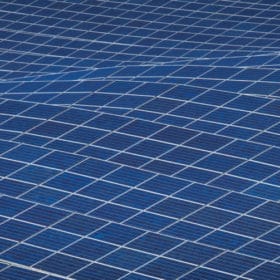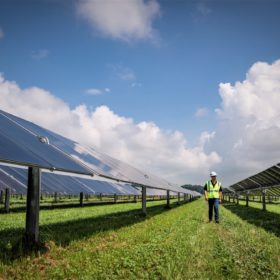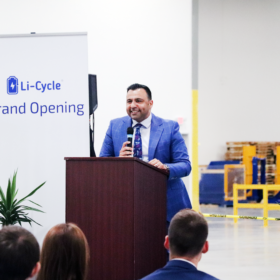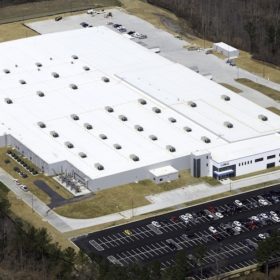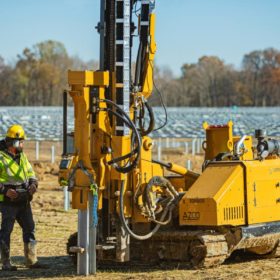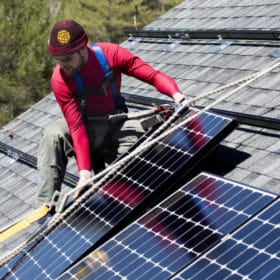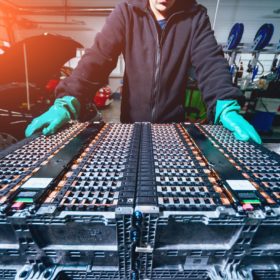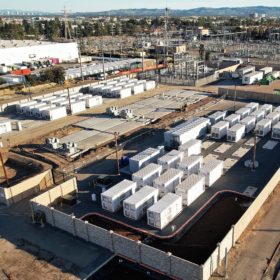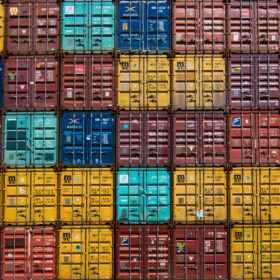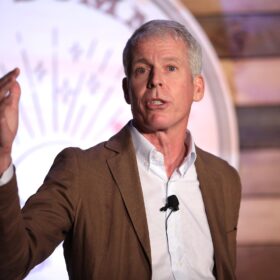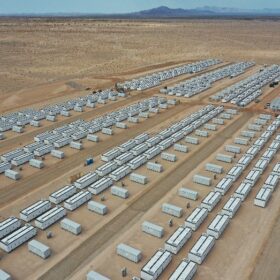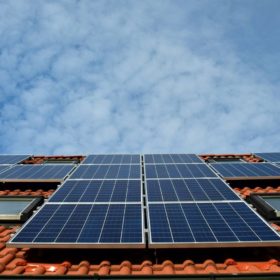Sunrise brief: EV battery capable of 98% charge in less than ten minutes
Also on the rise: REC Silicon and Ferroglobe agreement will help establish fully traceable US-based solar supply chain. Toyota unveils 8.7 kWh battery for residential applications. And more.
REC Silicon and Ferroglobe agreement will help establish fully traceable US-based solar supply chain
Hanwha Group investment and potential passage of SEMA legislation could expand US production of polysilicon and metallurgical grade silicon.
After a suppressed first quarter, the US solar market is buoyed by tariff suspension
The Wood Mackenzie/SEIA US Solar Market Insight Q1 report finds that the two-year suspension on new solar tariffs is just a start. Passage of further clean energy legislation could boost US solar installations 66% in the next decade.
Nextracker announces second dedicated steel line for tracker components
Nextracker will now have a manufacturing line dedicated to producing steel tracker components for use in utility-scale solar power plants at Atkore’ Phoenix, Arizona facility, which has been expanded and reconfigured with new capacity dedicated to Nextracker products.
Li-Cycle opens its third North American Spoke facility
The Gilbert, Arizona facility will be able to process up to 10,000 metric tons of manufacturing scrap and end-of-life batteries per year.
Hanwha Solutions to expand solar cell and module manufacturing in the United States and Korea
Hanwha announces an investment of $320M in cell and module manufacturing capacity expansions to meet the growing global demand for sustainable energy.
Sunrise brief: Oil pipeline giant’s 164 MW solar project is underway
Also on the rise: Georgia solar association calls for Georgia Power to add 4 GW of near-term solar. No end to solar supply/demand imbalance. The latest job moves at NYSERDA, PosiGen, Cypress Creek Renewables, and m. ore. UL releases modeling software for utility scale energy storage. Schneider Electric to acquire AutoGrid, developer of AI for distributed energy resources.
Sunrise brief: Over 500 solar installers share their views of the US solar industry
Also on the rise: Using soot from biomass for solar thermal absorption. On Saturday April 1, 2022, California was 100% powered by renewables for the first time. California Governor calls on DOC to end anti-circumvention investigation but DOC says it can’t. Milwaukee startup claims hydrogen output for $0.85/kg or less via new water vapor electrolyzer.
Funding announced for US battery manufacturing, processing, and recycling
$3.1 billion is available to increase production of American-made batteries, with a separate $60 million to support second-life applications for used EV batteries, along with development of processes for recycling materials back into the battery supply chain.
US DOE invests $5 million in advancing lithium battery manufacturing and workforce
This workforce initiative is intended to boost the nation’s global competitiveness within battery manufacturing, while strengthening the domestic economy and clean energy supply chains.

